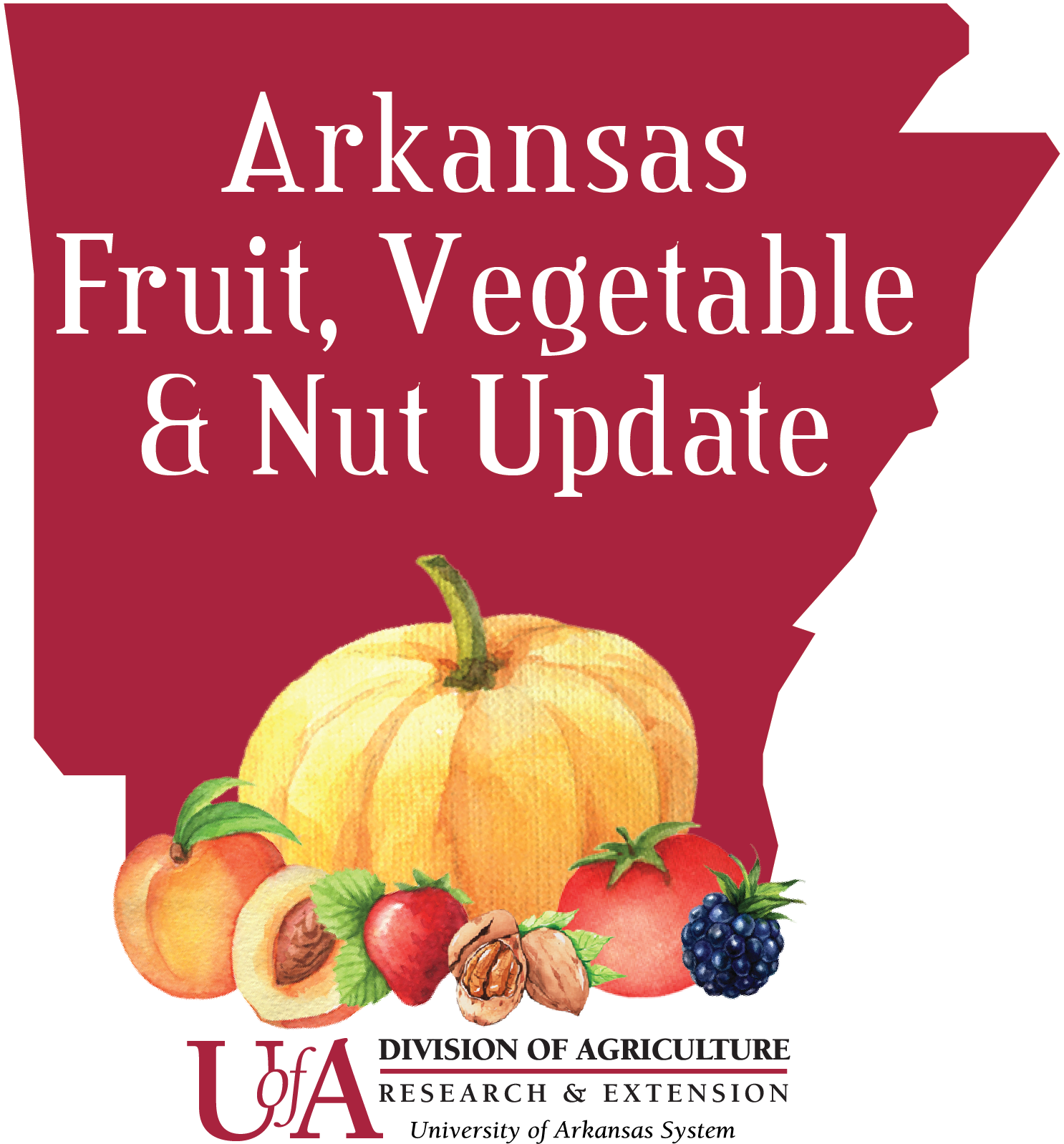
Peach Fruit Disorders
WHAT is WRONG with this PEACH?
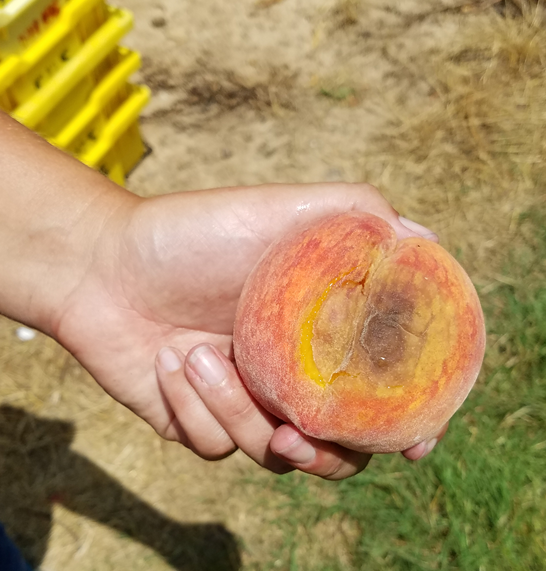 Got some odd or ugly looking fruit off your peach trees? Here are some tips to identify
what might be going on.
Got some odd or ugly looking fruit off your peach trees? Here are some tips to identify
what might be going on.
ABIOTIC DISORDERS
(caused by a climatic or other non-living factor)
Split Pit
Splitting of the pit internally, which may appear as a split or hole where the fruit attaches to the stem. The opening in the fruit reduces shelf-life and increases the chance of fruit rots or fungal growth inside the peach. Affected fruit may be misshapen, or larger and may ripen earlier than surrounding fruit on the tree.
Splitting occurs at two times:
- Approximately 20 days after bloom when the pit is still soft
- Once the pit has hardened and the growing fruit flesh exerts pressure causing the pit to break along its suture.
Some early cultivars (i.e. June Gold) are more prone to have split pits, though climatic conditions like freezing temperatures during flowering or excessive rainfall near flowering may increase the likelihood of occurrence.
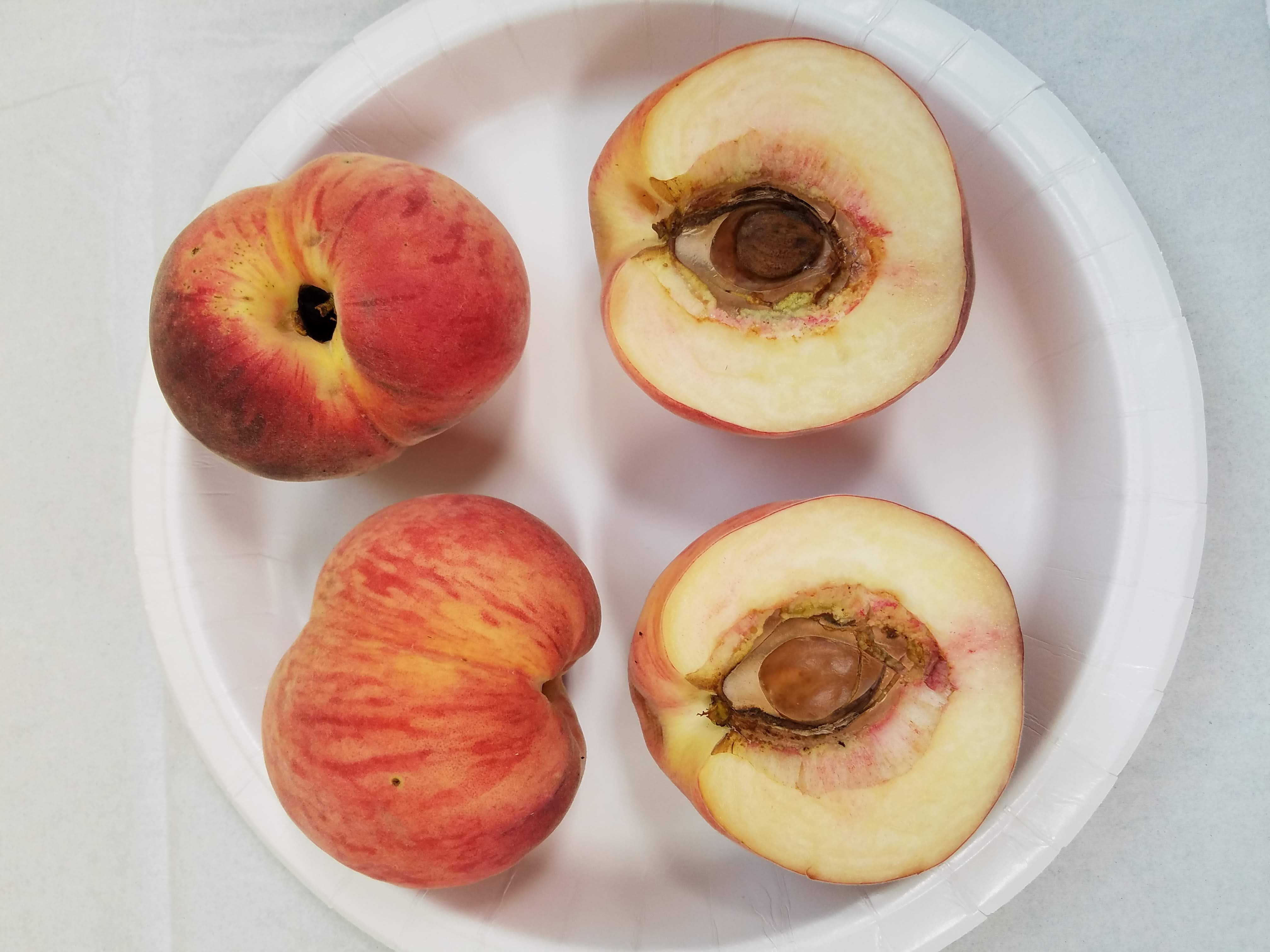
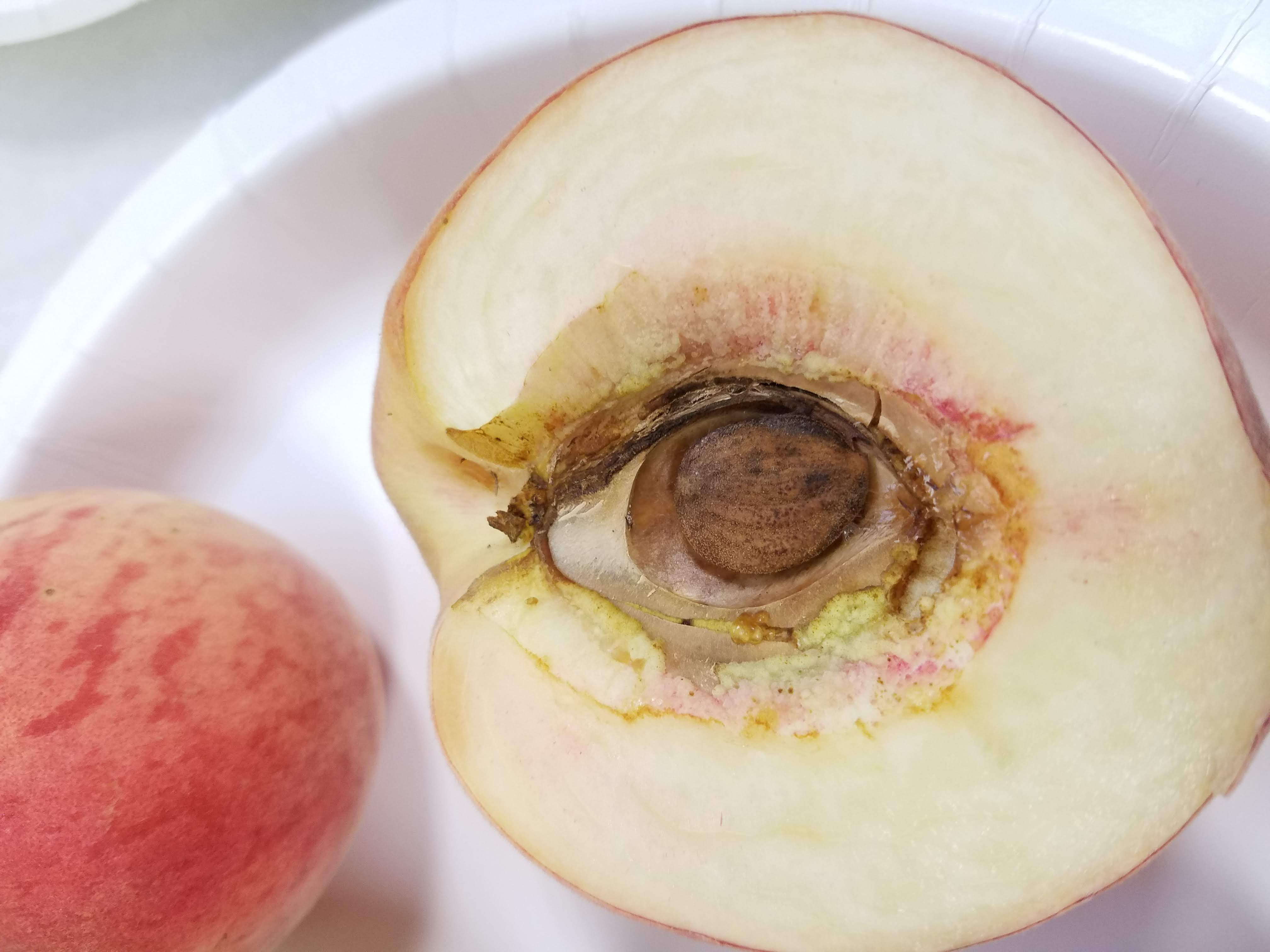
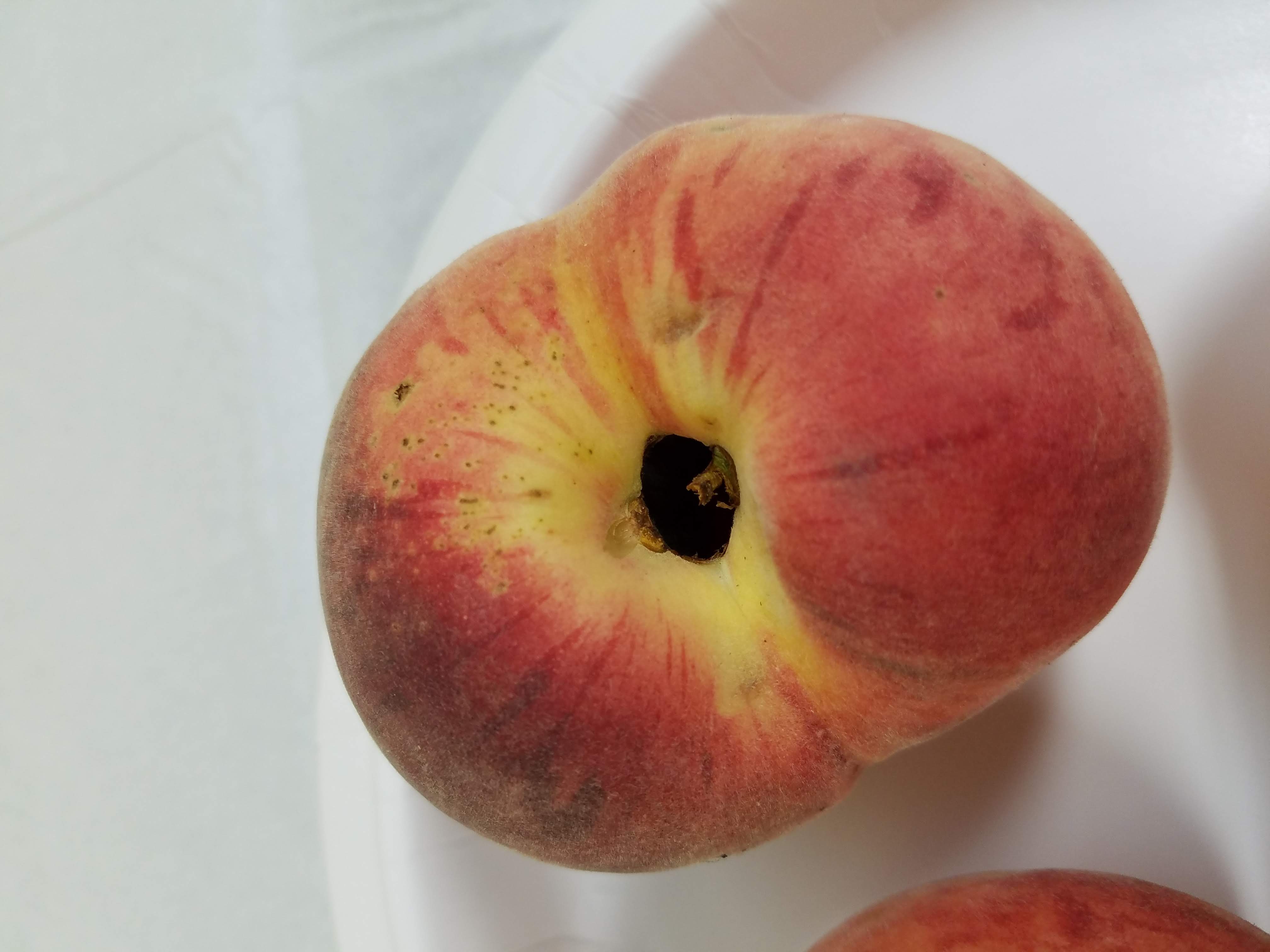 Photos: Amanda McWhirt
Photos: Amanda McWhirt
Buttons/ Cold Damage
Small “button” peaches that do not develop due to poorly fertilized or dead embryos. The embryo of a peach is the developing seed or pit. The failure of the embryo to develop can be caused by incomplete fertilization due to wet or cool weather during bloom or freezing temperatures during bloom that kill the embryo. Minimum temperatures at which floral buds will be damaged vary based on the stage of development, with open blossoms being the least cold hardy. For example some estimate that during early open-bloom temperatures below 26° F may result in 10% bloom loss , while temperatures below 21°F may result in as much as 90% kill. Insufficient chilling hours can also result in poor embryo development and “button” fruit set.
Photos: Amanda McWhirt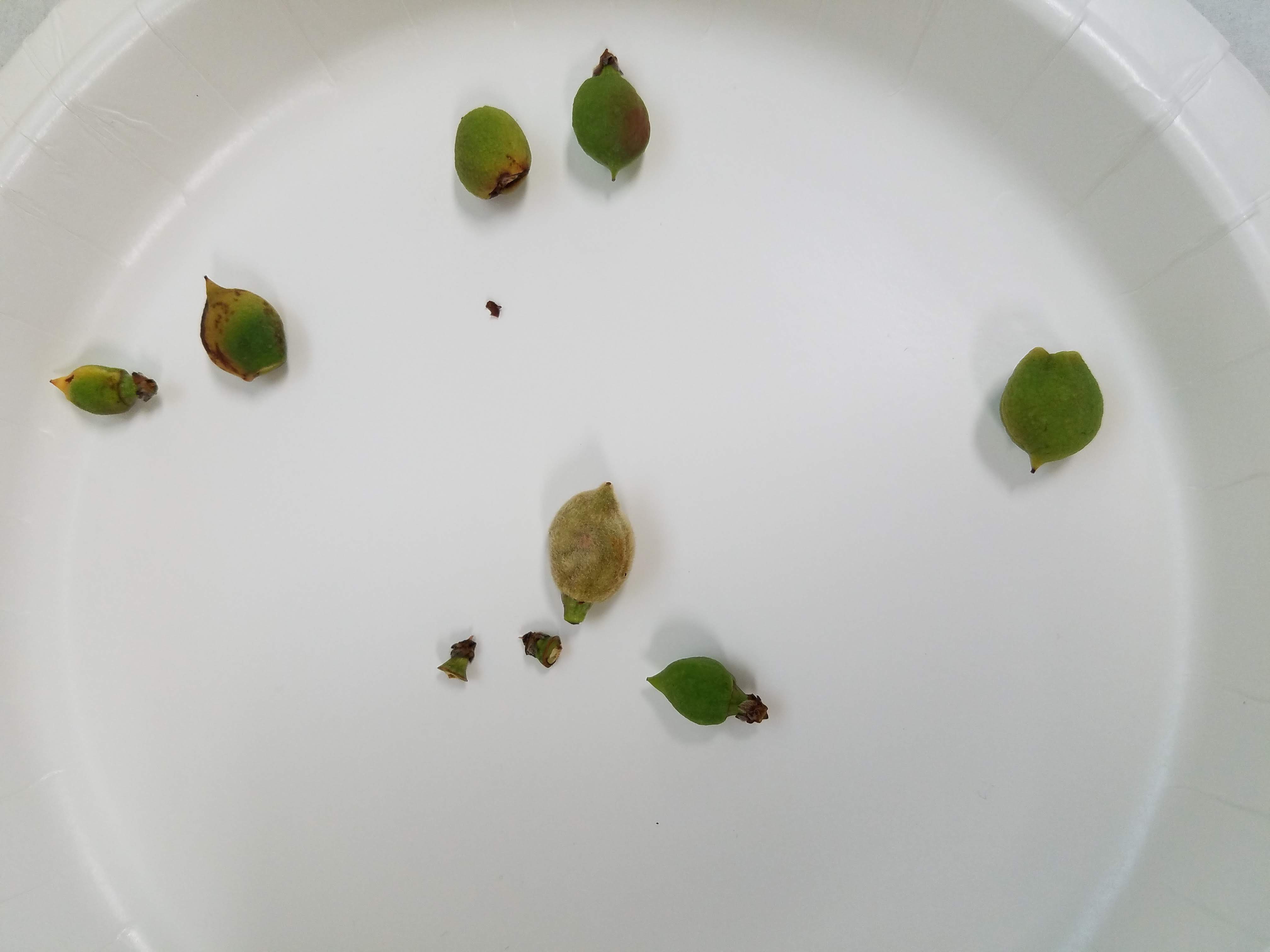
Photos: Amanda McWhirt
Chimera (Half-peach and Half-nectarine)
A chimera is when more than one genotype (aka the genetic makeup of a living thing) is growing in adjacent tissues of the same plant. Variegated plants are an example of a chimera. Chimeras develop when cells are rapidly dividing and developing at the shoot ends or apex of the plant and a mutation arises which is quickly copied through further cell division. The result is cells living side-by-side that have different genotypes.
Peaches and nectarines are very closely related cousins and share the same genus and species (Prunus persica); the only difference between the two being that nectarines have a genetic mutation that results in an absence of the “fuzz”’ on the skin of the fruit.
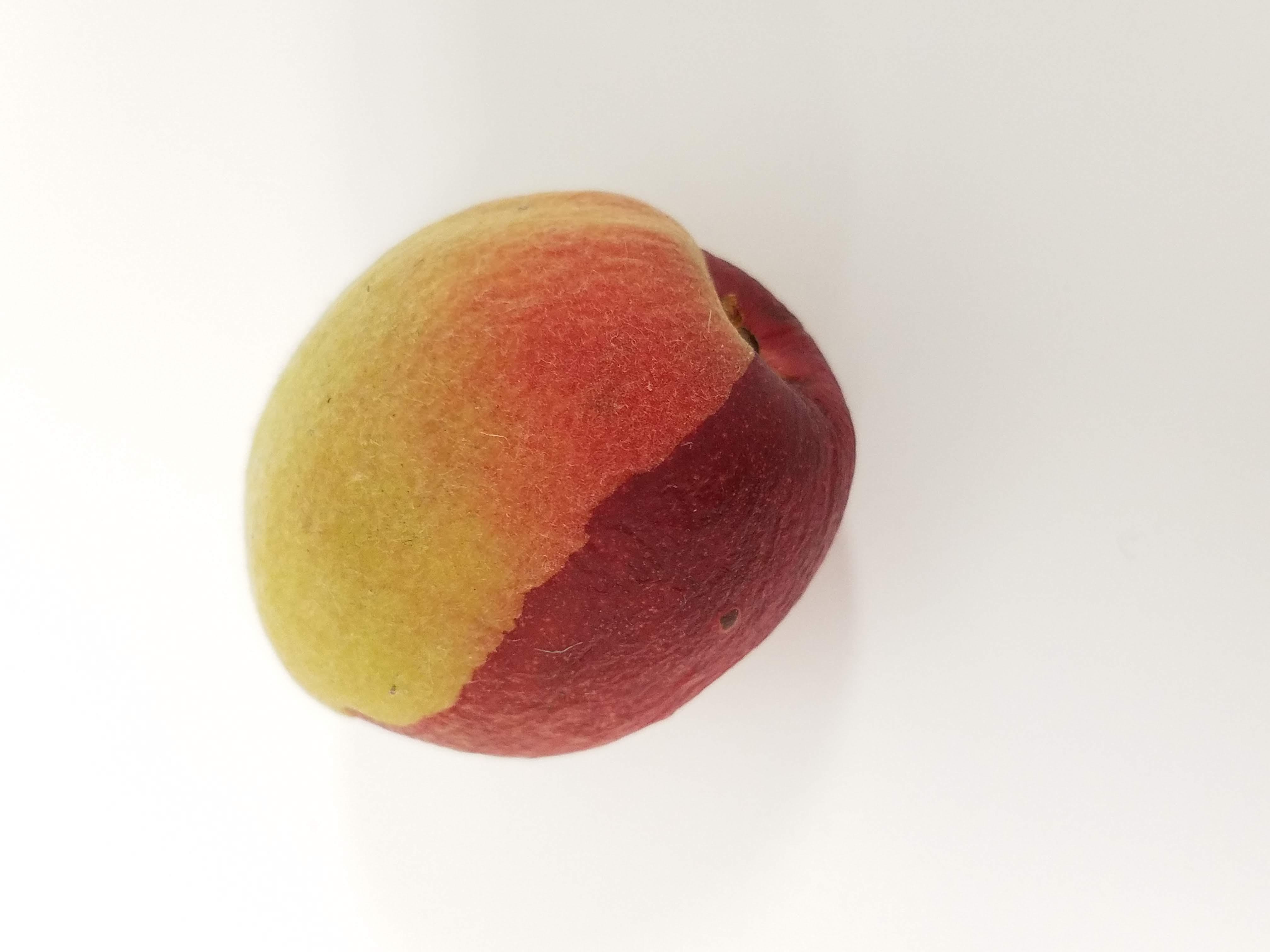
Photos: Amanda McWhirt
DISEASE
(caused by bacteria or fungus)
Bacterial Spot (Xanthomonas arboricola pv. Pruni)
Bacterial disease that can be prolific in humid, wet conditions due to requirement for moisture for infection and growth of the lesions. Optimal temperatures for growth is 75-84 °F. Can infect leaves, twigs, shoots and fruit.
Select cultivars that are resistant. Arkansas’s Peach breeding program selects for and releases bacterial spot resistant cultivars.
Find recommendations for fungicides to prevent bacterial spot here.
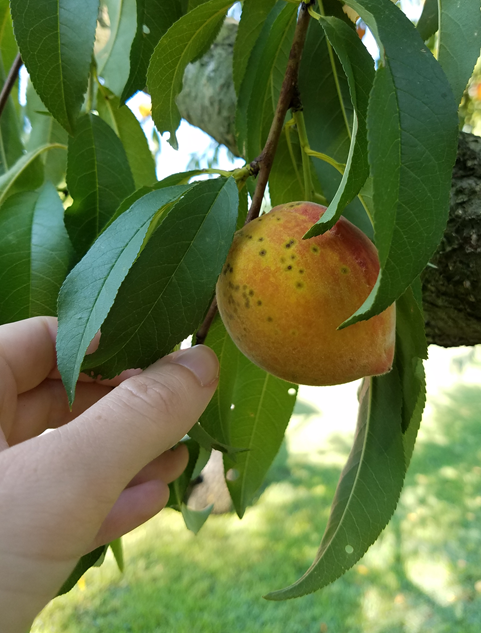
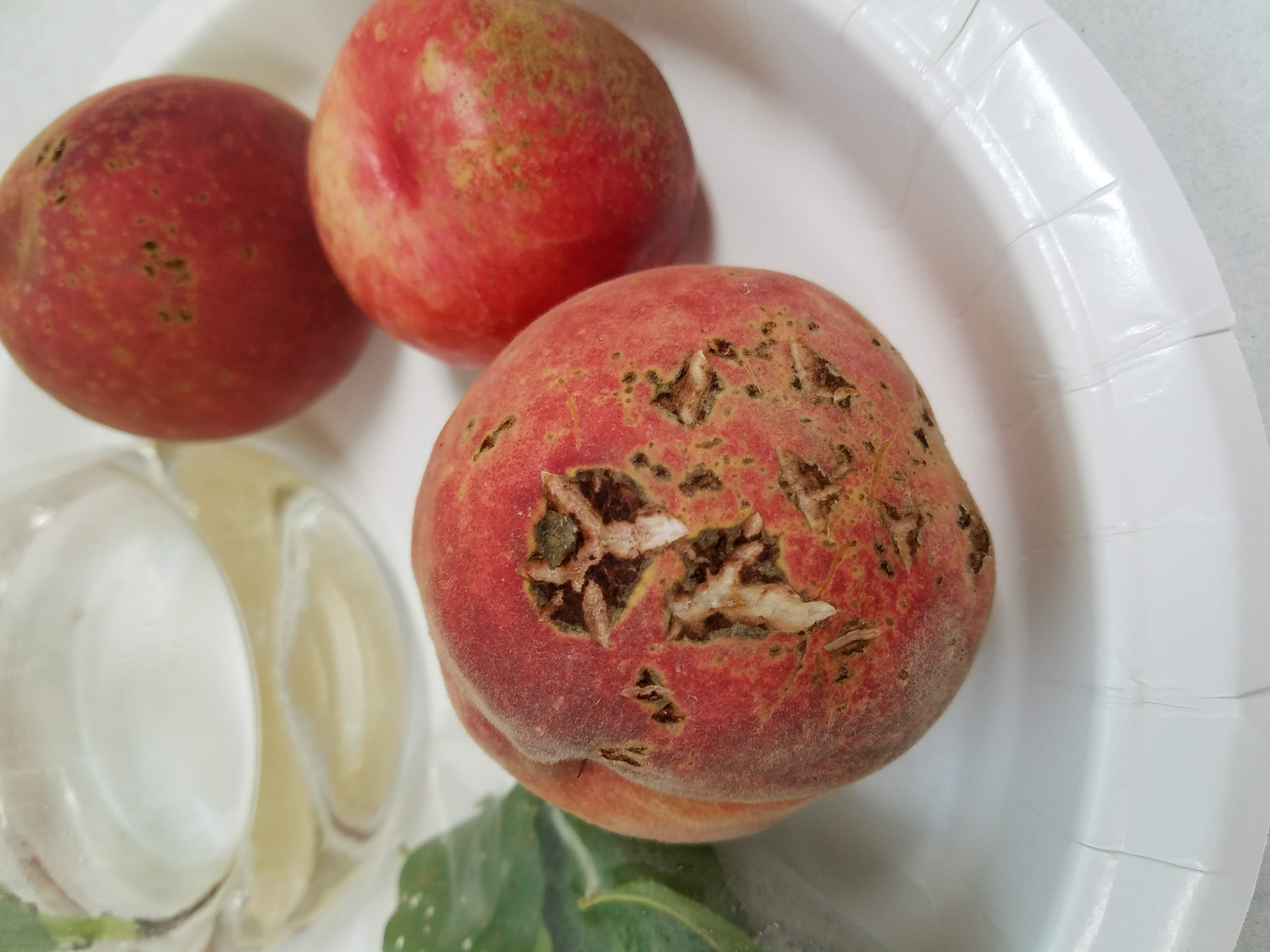
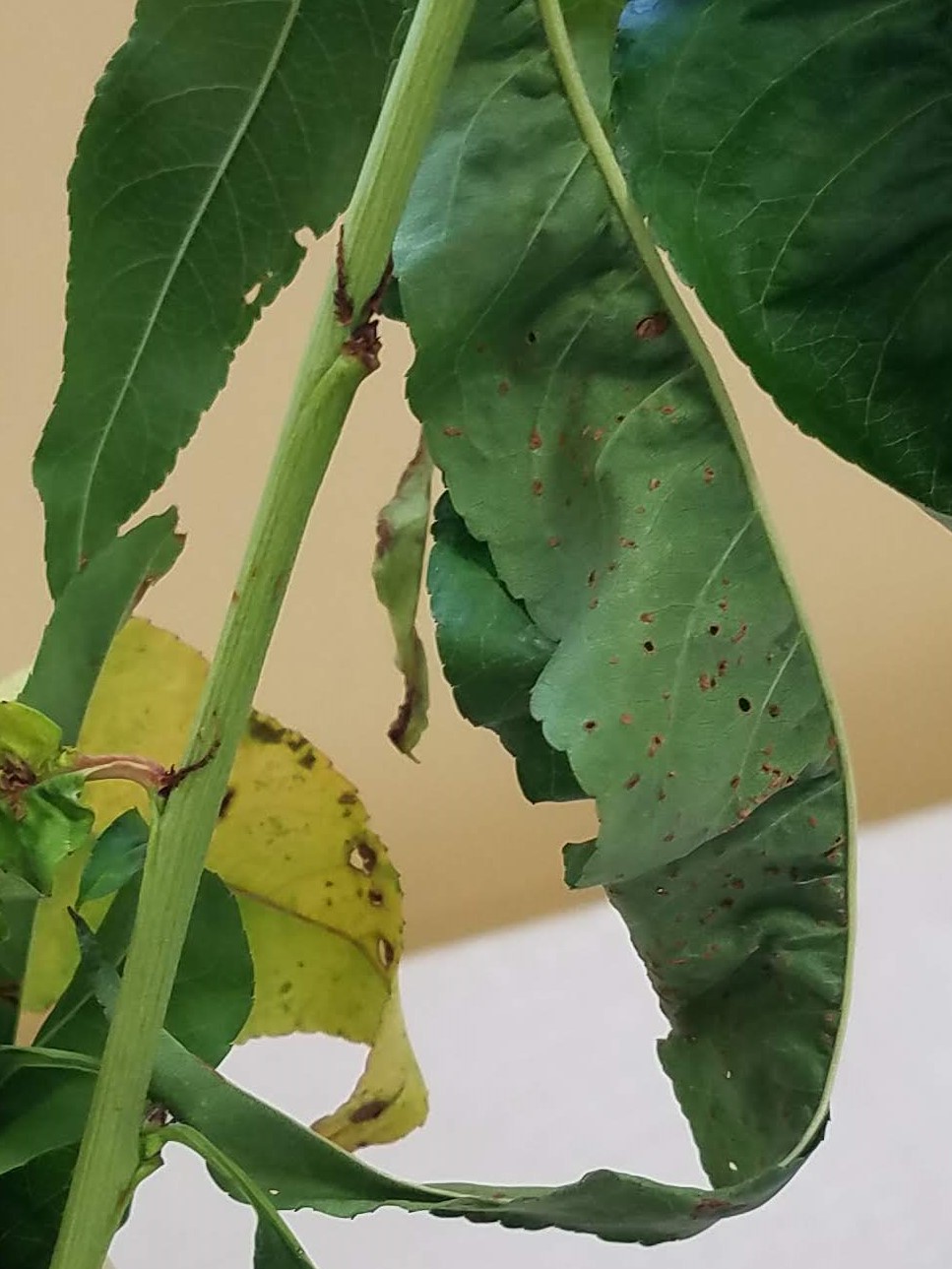 Photos: Amanda McWhirt
Photos: Amanda McWhirt
Brown Rot (Monilinia fruticola)
A fungal disease that can affect many parts of the tree, including the twigs, shoots and blossoms. It is most devastating as it rots fruit and causes them to drop or otherwise be un-marketable. It also results in gummosis cankers (sap oozing) on the twigs or stems of the tree.
Optimum temperature for development is 75-86° F, but may occur at cooler temperatures. Mummified fruit that is left on the orchard floor over winter will harbor the disease for the following season.
Find recommendations for fungicides to prevent brown rot here. 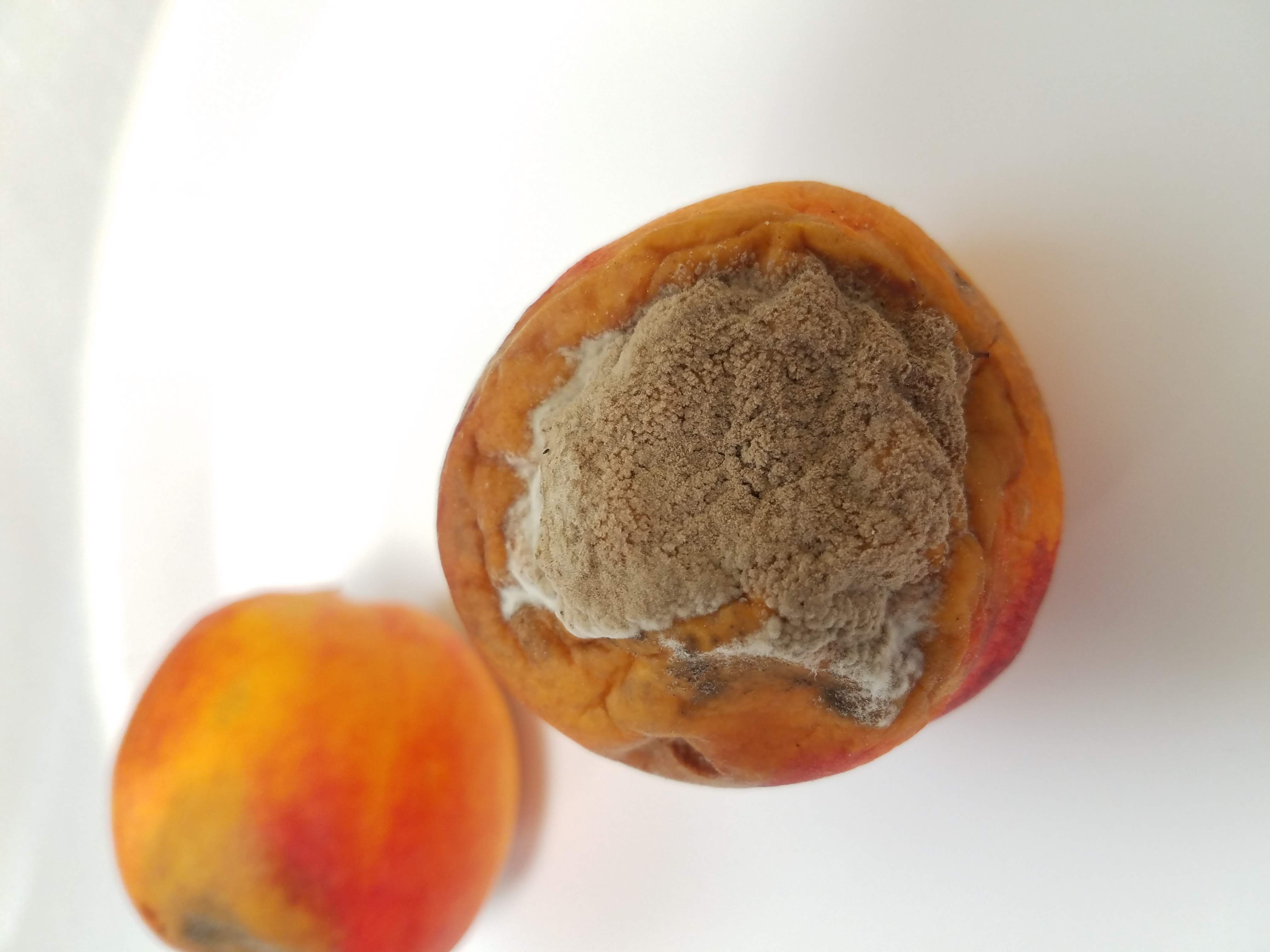
Photos: Amanda McWhirt
INSECT/ ARTHROPOD
Spider Mites, Including European red mite (Panonychus ulmi), Two spotted spider mite (Tetranychus urticae), and others.
There are several species of mites that may affect peach trees. Mite infestations are more prevalent in hot and dry years, than in wet and cool ones. This is because dust collecting on leaves creates refuges for mites and drought stressed trees are more susceptible to mite infestation. Mite populations are normally kept in check by beneficial insect populations including, lady bugs, predatory mites and minute pirate bugs. Excessive nitrogen applications may flare mite populations.
Find recommendations for miticides to combat mites here. 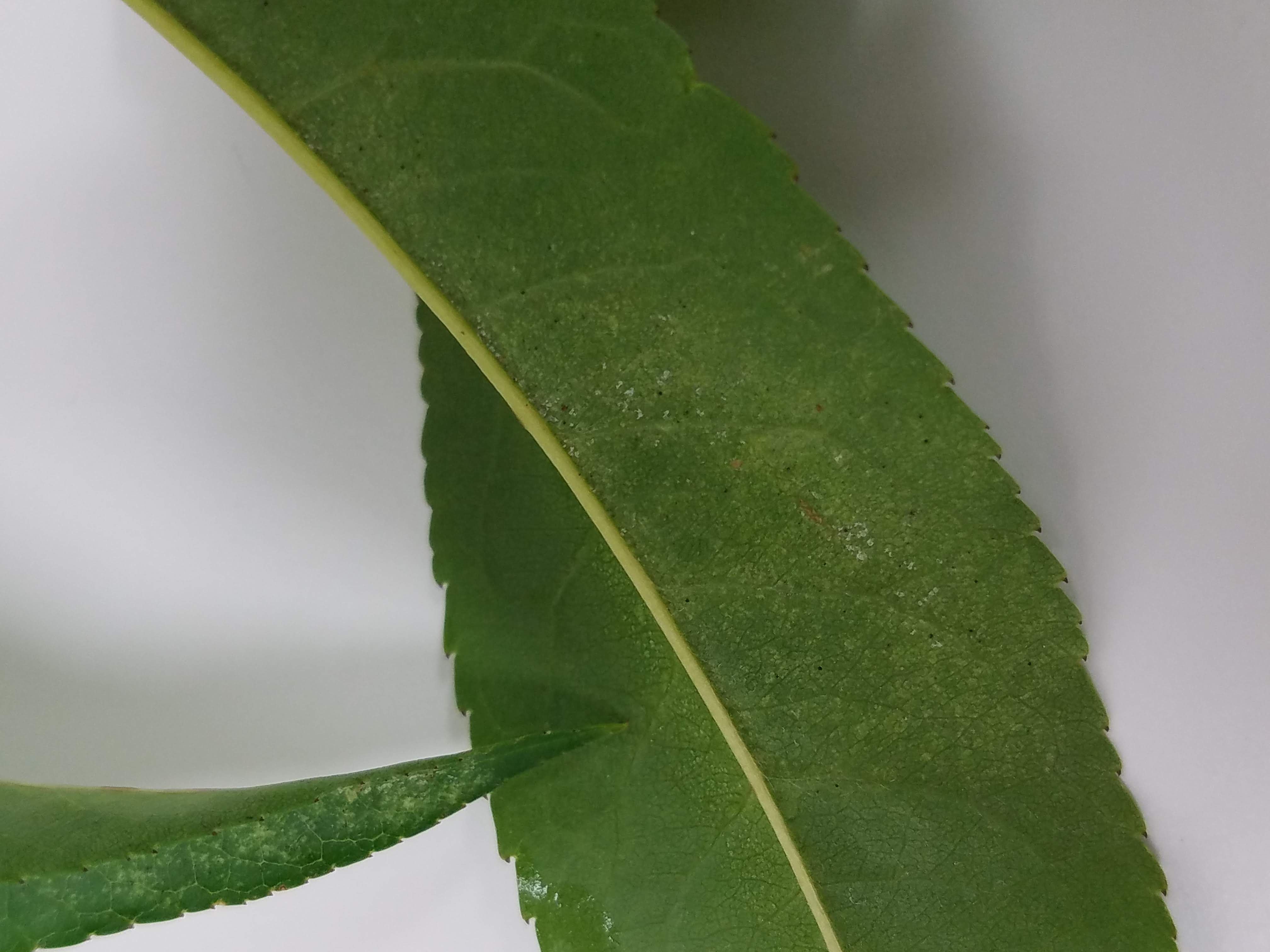
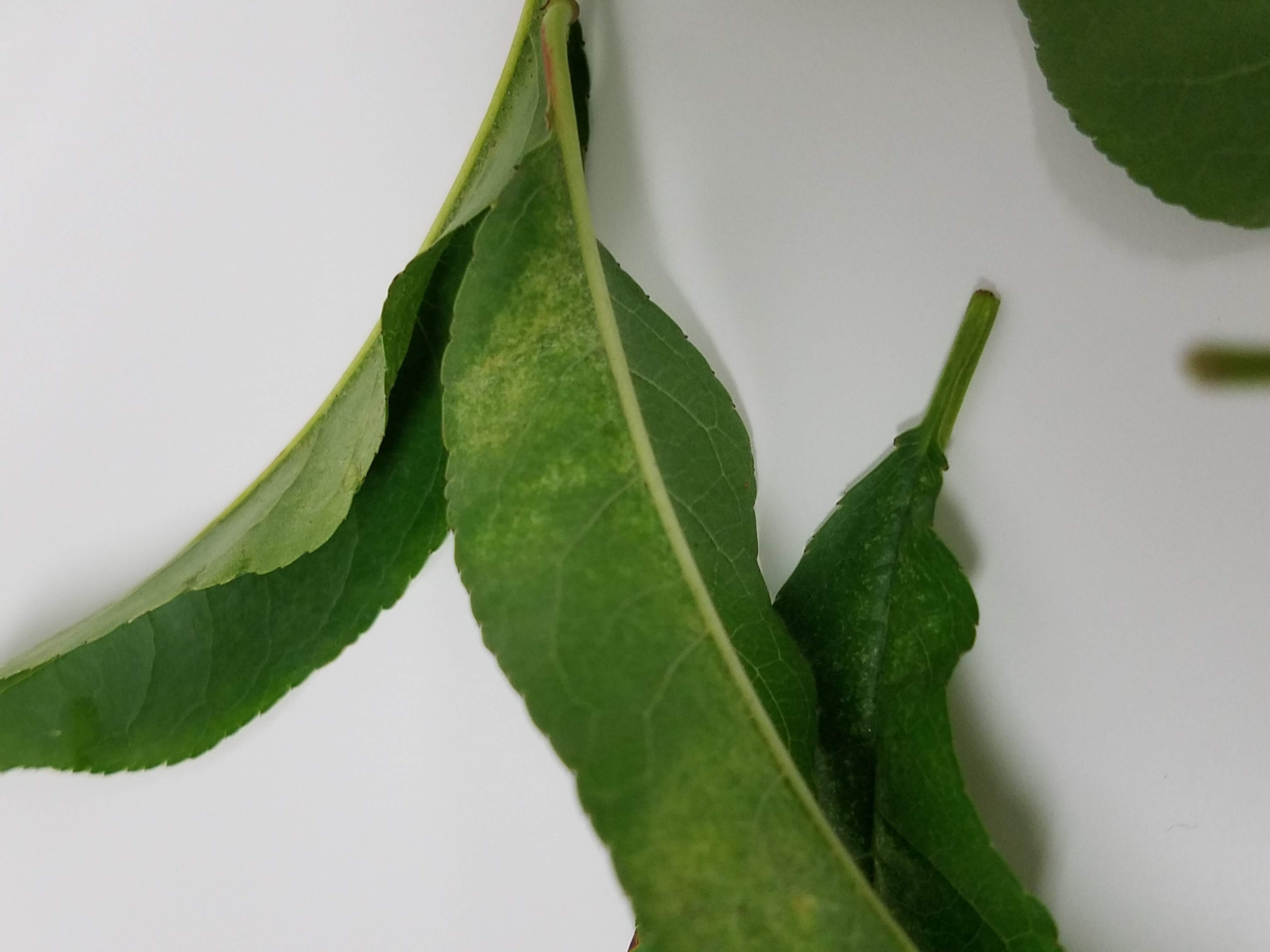
Photos: Amanda McWhirt
Plum Curculio (Conotrachelus nenuphar) (AKA PC)
Native pest to North America that attacks plums, apricots and peaches. Adult is a weevil about ¼’’ long with a long prominent snout. Females chew crescent or half-moon shaped punctures in the skin to lay eggs in the fruit. Small fruit that have been attacked generally are dropped from the tree. Larger fruit will be held on the tree and the egg develops into a 3/8’’ white grub (worm).
Adults emerge around the time of bloom from under leaves, bark or grass in the surrounding area where they overwinter as adults. Cover sprays at the end of bloom can help control the adults before fruit is attacked.
Find recommendations for insecticides to combat PC here.
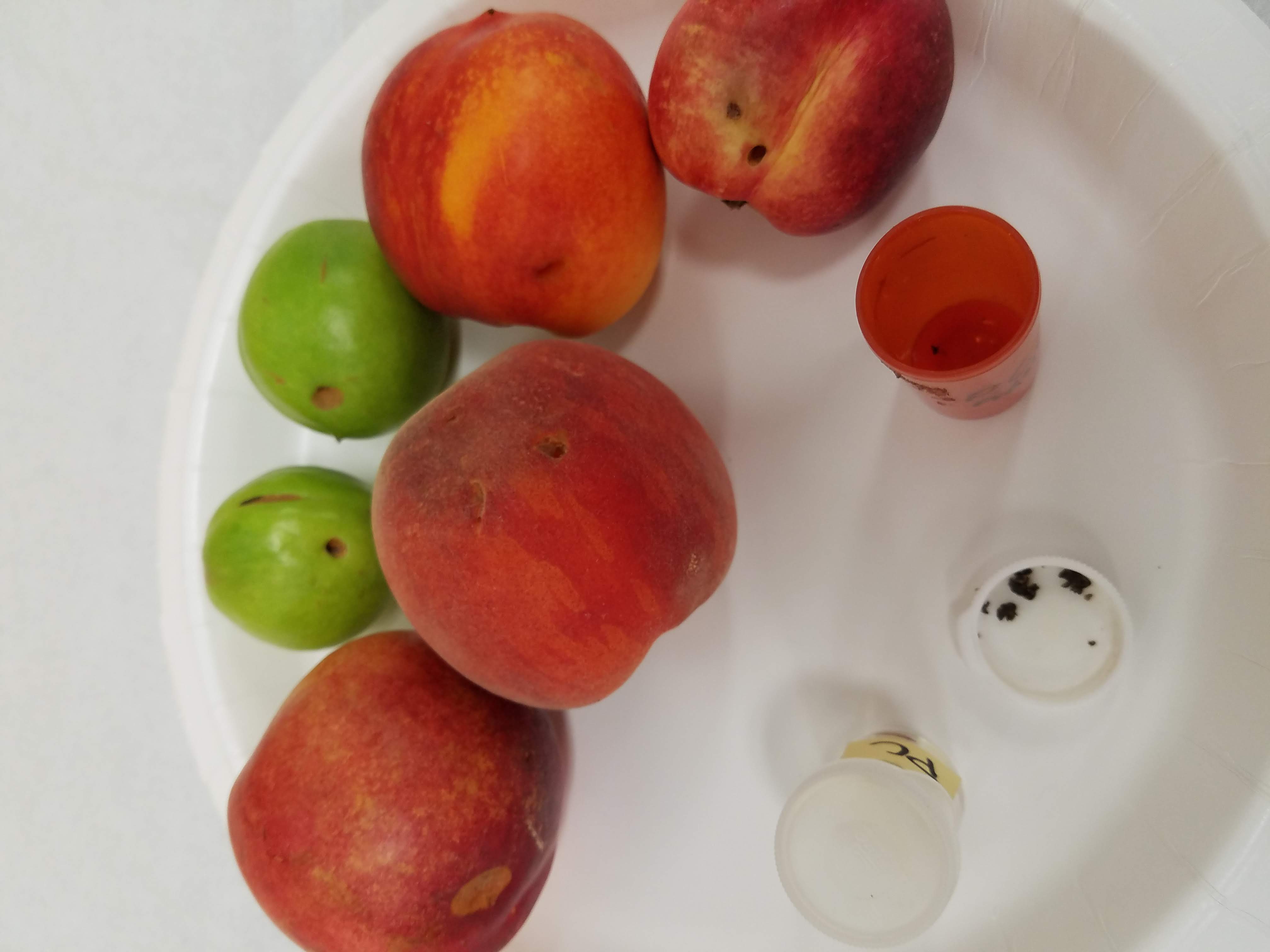
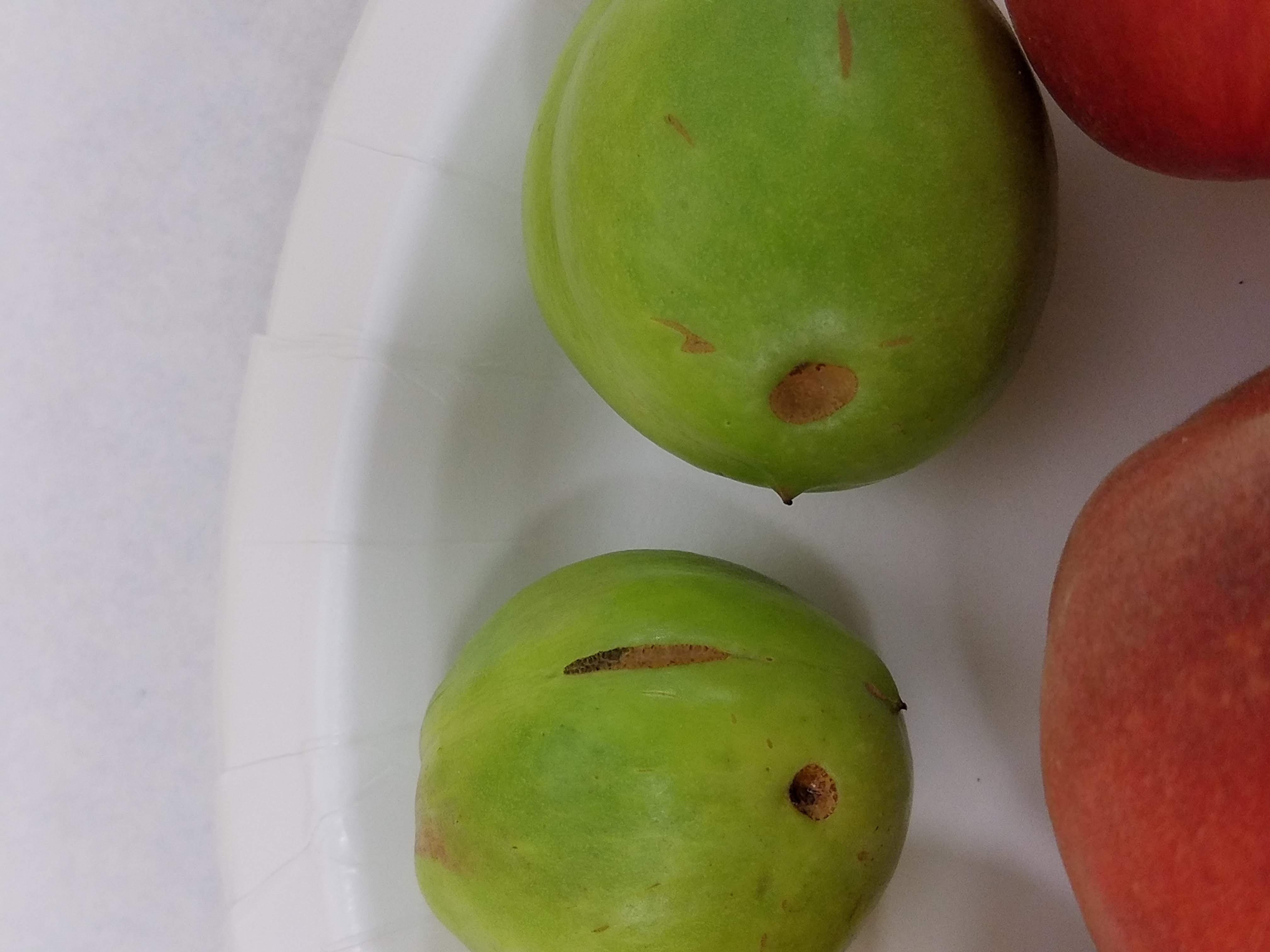
Photos: Amanda McWhirt
Adult Plum Curculio
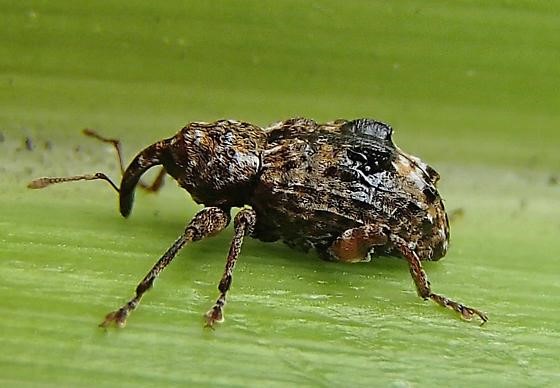
Copyright © 2015 Lisa I.
Catfacing from insect damage (suspected)
Damage to the skin of the fruit can occur from various insects feeding, including stinkbug.
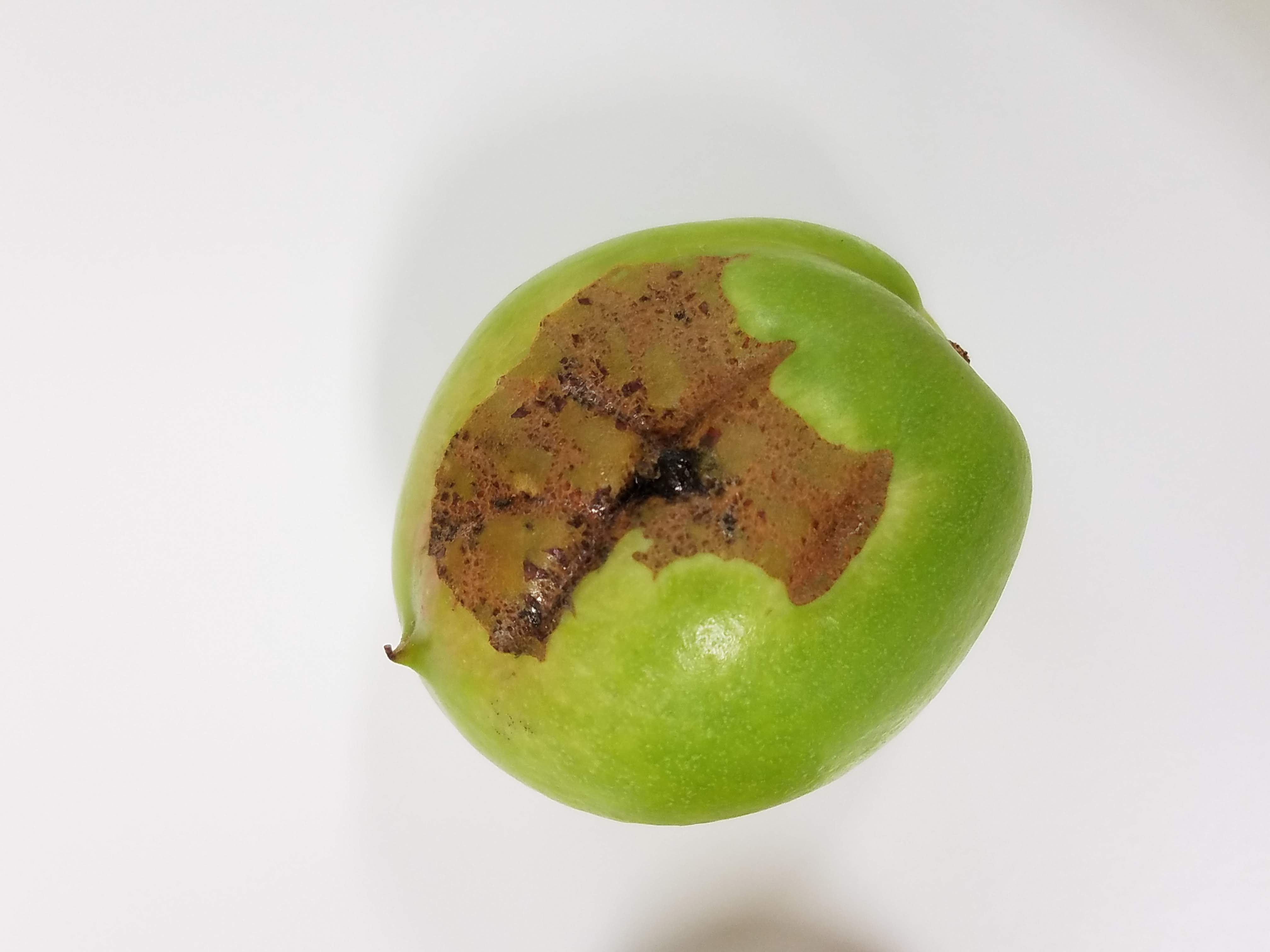
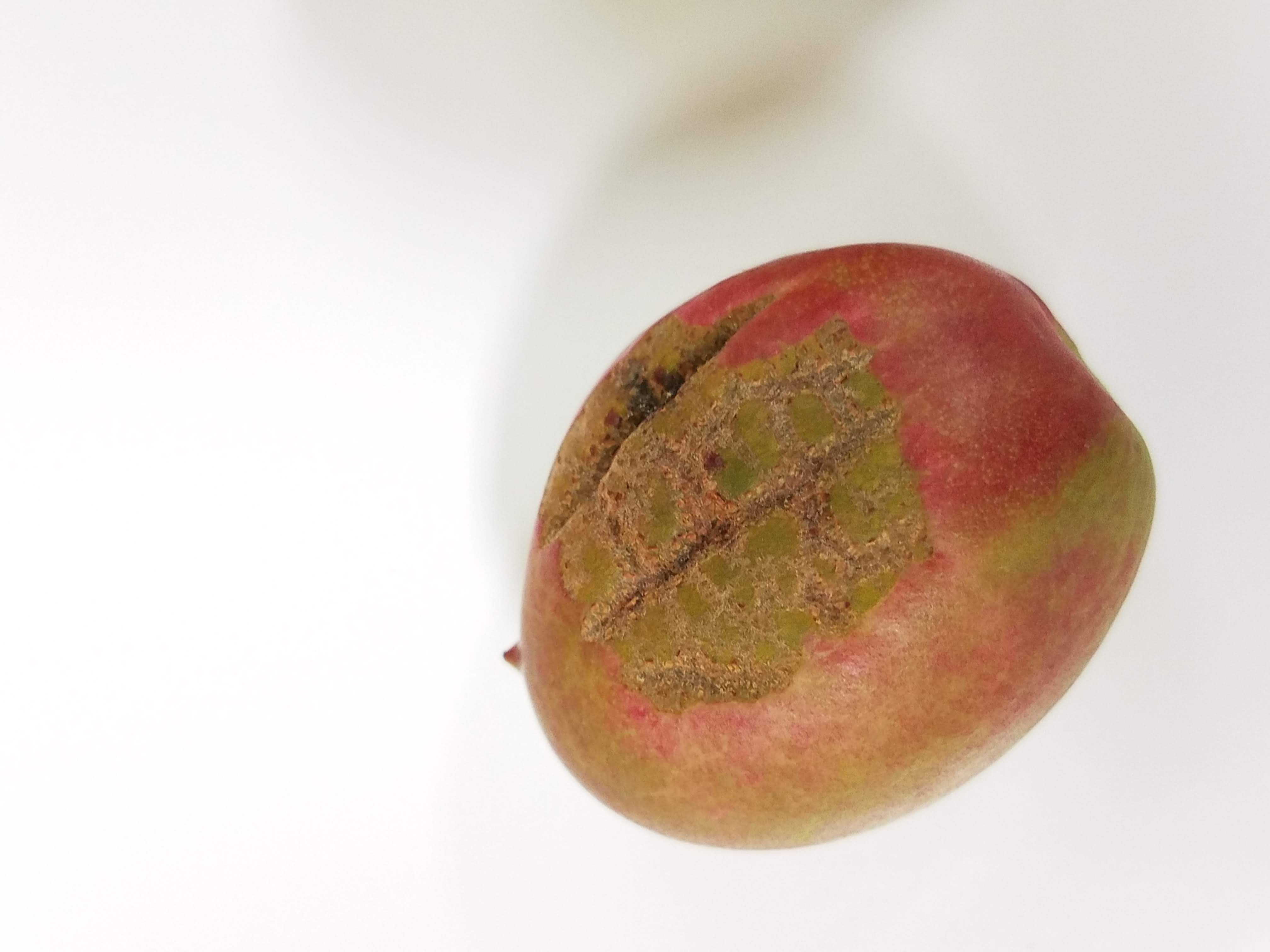
Photos: Amanda McWhirt
Greater Peach TreeBorer (Synanthedon exitiosa)
The adult peach tree borer is a clearwinged moth, the female of which lays eggs on the trunk of the tree. The larvae than burrow in to the trunk or into large roots at the base of the tree. Their feeding on the inside of the tree results in damage to the vascular tissue which may result in yellowing of leaves, die-back, stunted growth or poor tree vigor. Frass or bark chips on the outside of the tree are tell-tale signs of larval feeding inside. Late summer or fall applications of approved insecticides can control the borers.
Find recommendations for insecticides to combat peach tree borers here.
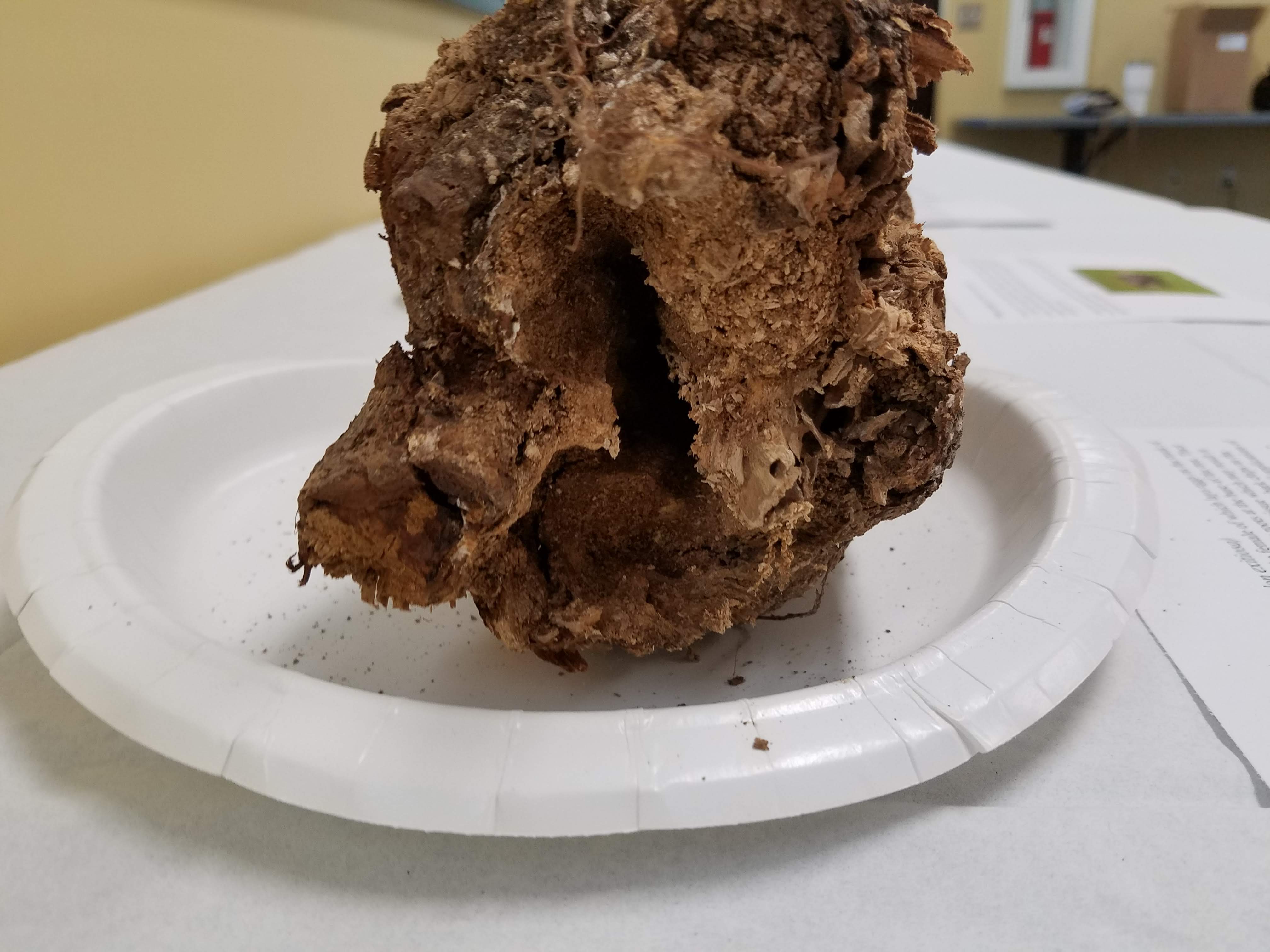
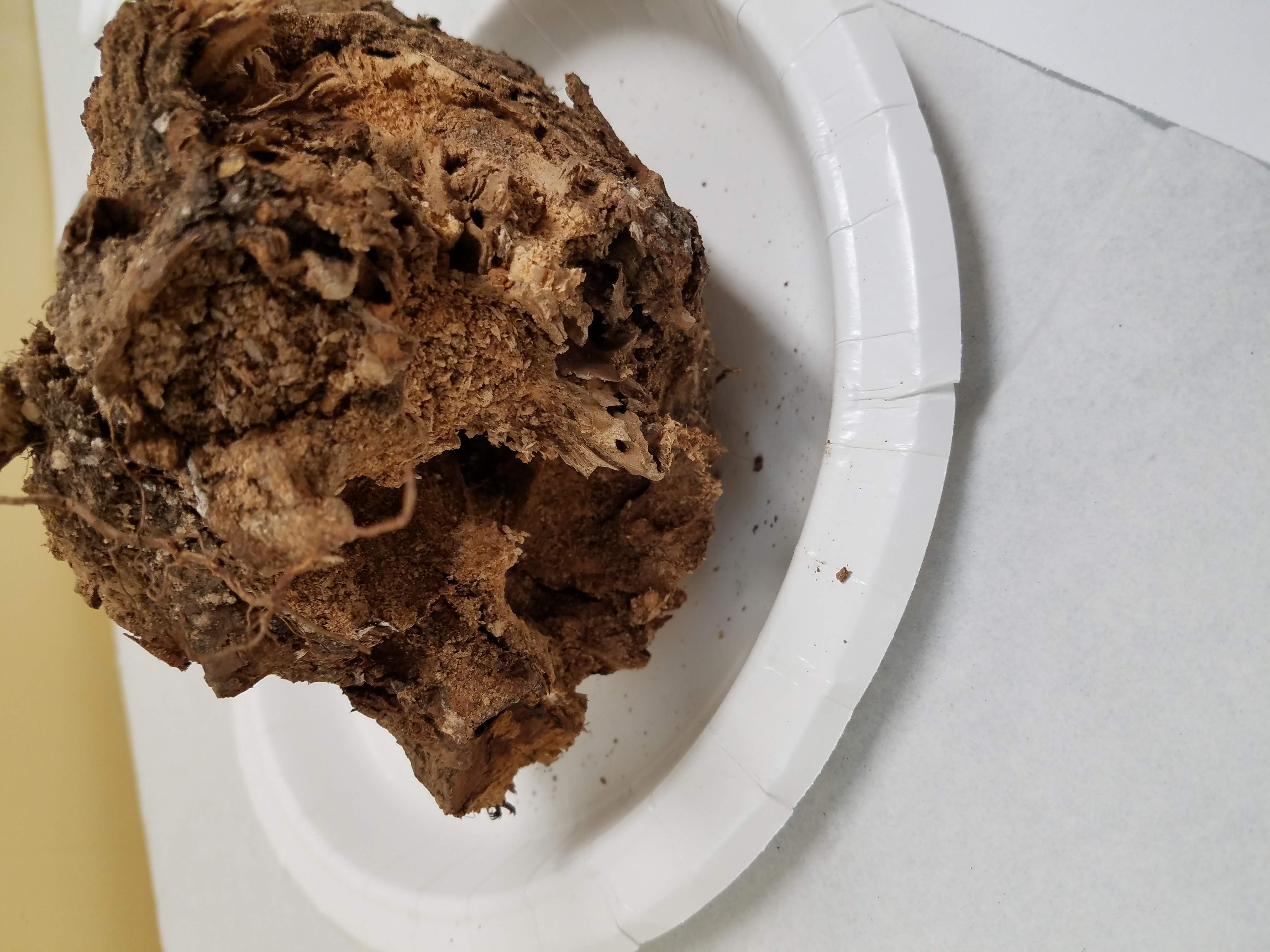
Photos: Amanda McWhirt
Female Peachtree Borer Adult Male Peachtree Borer Adult
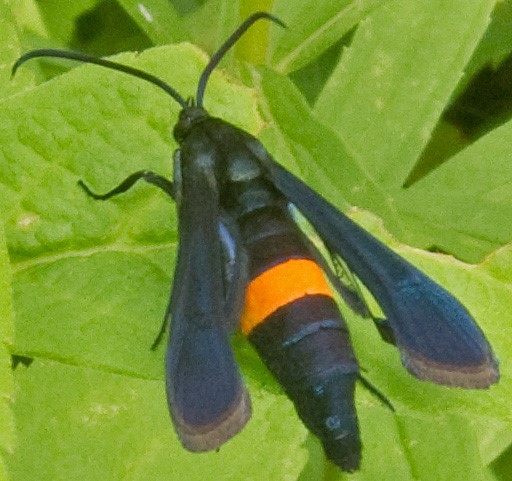
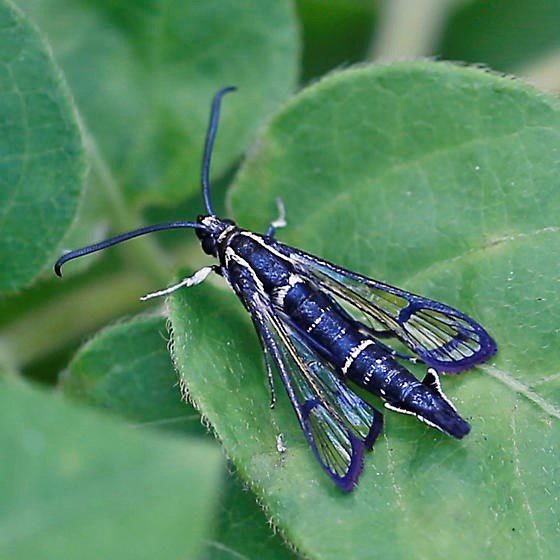
Copyright © 2015 Seth Ausbel Copyright © 2016 Bill Keim
ANIMAL DAMAGE
Bird damage
Damage to fruit from pecking by birds. The open wound leads to a secondary infection by grey mold or other pathogens.
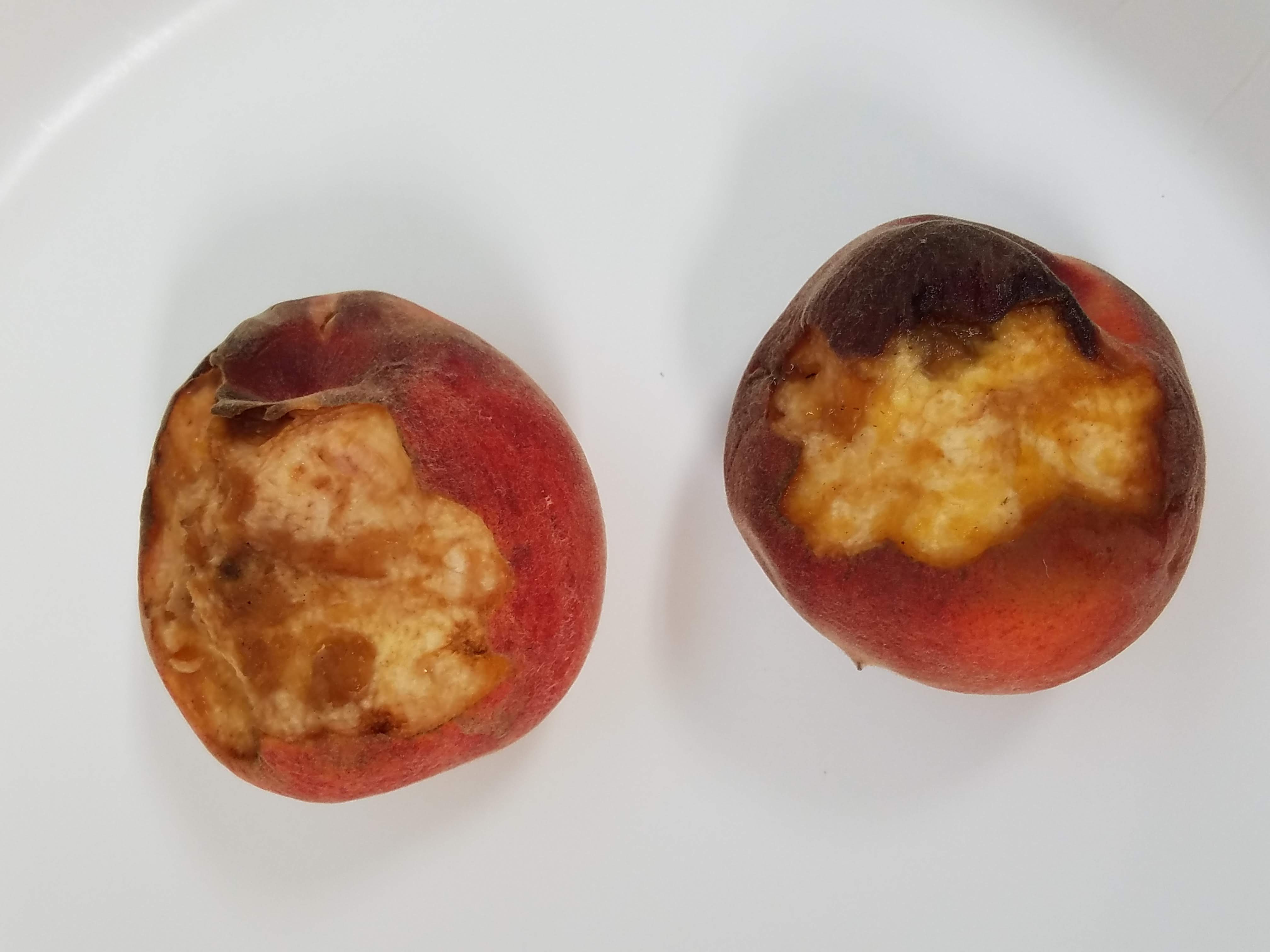
Photos: Amanda McWhirt
Sources:
http://extension.msstate.edu/publications/disease-and-insect-control-for-homegrown-peaches-and-plums
https://ipm.missouri.edu/MEG/2016/7/Split_Pits_In_Peaches/
http://www.aces.edu/dept/peaches/frzcritical.html